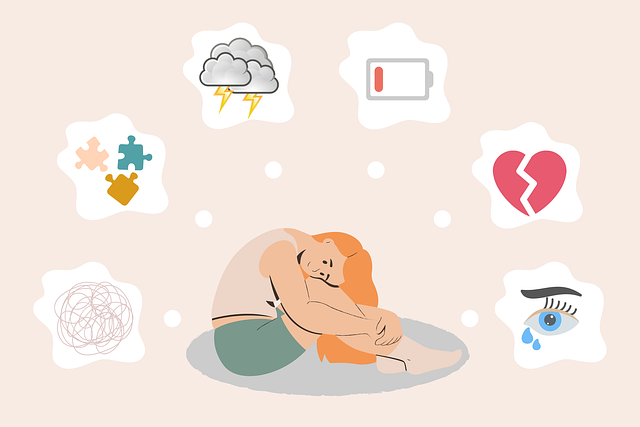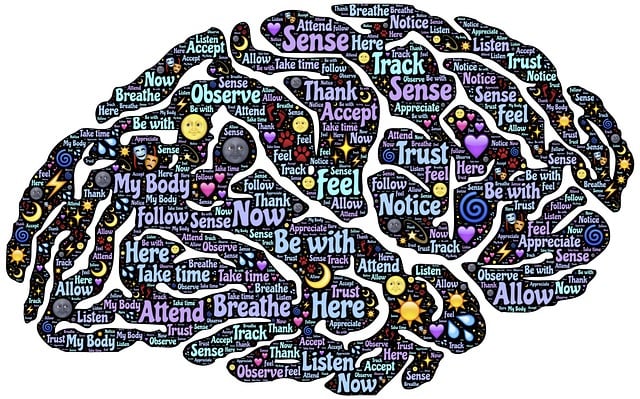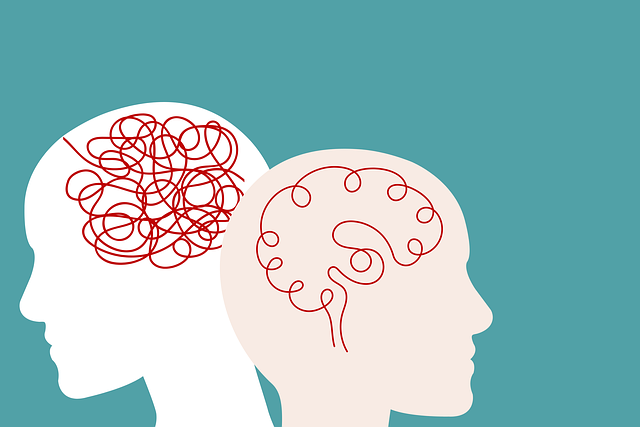Lone professional mental health practitioners, especially those practicing Lone Tree Trauma Therapy, face significant isolation and burnout due to managing sensitive client cases alone, particularly in trauma therapy where they encounter intense emotional narratives. To combat these risks, they should adopt robust self-care routines including regular exercise, mindfulness practices, and engaging in mental wellness podcast series production. Lone Tree Trauma Therapy employs a comprehensive, holistic approach to risk assessment by integrating clinical expertise, research, and evidence-based practices, such as emotional intelligence and community outreach, for tailored client care. Continuous monitoring, self-care, emotional intelligence, and peer support are crucial to maintaining therapists' well-being and patient safety, fostering a sustainable career in trauma therapy.
In today’s digital age, mental health professionals, often working as lone practitioners, face unique challenges. This article delves into the crucial aspect of risk assessment, a game-changer in ensuring client safety and optimal care. We explore understanding specific risk factors for lone therapists, crafting a robust assessment framework, implementing monitoring strategies, and enhancing safety protocols. By navigating these steps, mental health professionals can deliver effective services while mitigating potential risks, akin to a testament to their commitment in the realm of Lone Tree Trauma Therapy.
- Understanding Lone Professional Risk Factors
- Developing a Comprehensive Risk Assessment Framework
- Implementation and Continuous Monitoring Strategies
- Enhancing Safety Protocols for Optimal Client Care
Understanding Lone Professional Risk Factors

Lone professional mental health practitioners, often referred to as “Lone Tree Trauma Therapy” specialists, face unique risk factors that can impact their well-being. The solitary nature of their work can lead to feelings of isolation and burnout, as they carry the weight of sensitive client cases entirely on their shoulders. This is particularly pertinent in fields like trauma therapy, where professionals are constantly exposed to intense emotional narratives and challenging scenarios.
Dealing with complex cases of depression prevention and managing high-stress levels require a robust self-care routine development for better mental health. Incorporating strategies such as regular exercise, mindfulness practices, and engaging in a mental wellness podcast series production can help mitigate these risks. These practices not only support the professional’s resilience but also ensure they remain equipped to provide optimal care to their clients.
Developing a Comprehensive Risk Assessment Framework

Developing a comprehensive risk assessment framework for mental health professionals is paramount to ensuring client safety and fostering effective treatment outcomes. This involves a multi-faceted approach that transcends traditional diagnostic methods, integrating elements from various disciplines such as clinical expertise, research insights, and evidence-based practices. At Lone Tree Trauma Therapy, we prioritize proactive measures, combining in-depth patient assessments with continuous monitoring of risk factors.
By incorporating techniques like emotional intelligence into our assessment protocols, we can identify subtle cues of distress or potential triggers for relapse. Additionally, the Stress Management Workshops Organization’s resources and the Community Outreach Program Implementation strategies aid in proactively addressing environmental stressors that might impact a client’s mental health. This holistic approach ensures that risk assessments are not one-time events but dynamic processes tailored to each individual’s unique circumstances and evolving needs.
Implementation and Continuous Monitoring Strategies

Implementing effective risk assessment strategies is only the first step; continuous monitoring and adaptation are crucial to ensure the well-being of mental health professionals, especially those specializing in trauma therapy at Lone Tree Trauma Therapy. Regular self-care routine development for better mental health should be encouraged, fostering emotional intelligence and resilience. This involves ongoing supervision, peer support networks, and access to trauma support services.
Professionals should be empowered to recognize their own boundaries and communicate them effectively, balancing the demands of their practice with the necessity for personal downtime. By integrating these strategies into their workflow, mental health professionals can mitigate risks, enhance patient care, and maintain a healthy work-life balance, ultimately contributing to a more sustainable career in trauma therapy.
Enhancing Safety Protocols for Optimal Client Care

In the realm of mental health care, ensuring client safety is paramount, especially for professionals dealing with complex cases, such as those at Lone Tree Trauma Therapy. Enhancing safety protocols goes beyond adherence to legal standards; it involves cultivating an environment that prioritizes both the well-being of clients and therapists. Implementing strategies like regular staff training in trauma-informed care and fostering open communication channels can mitigate risks associated with handling sensitive issues.
By integrating practices such as mental wellness journaling exercises, compassion cultivation, and emotional intelligence guidance into therapeutic routines, mental health professionals can create a supportive ecosystem. This not only bolsters client outcomes but also acts as a shield against potential secondary trauma for practitioners. Such proactive measures are crucial steps towards optimizing client care and maintaining a healthy work environment.
Mental health professionals, especially those working alone, face unique challenges that require robust risk assessment strategies. By understanding specific risk factors associated with lone practice, implementing a comprehensive framework, and continuously monitoring these risks, therapists can enhance client safety and deliver optimal care. Adopting enhanced safety protocols is not just a best practice but a necessity in the field of Lone Tree Trauma Therapy, ensuring both professionals’ well-being and clients’ long-term recovery.














